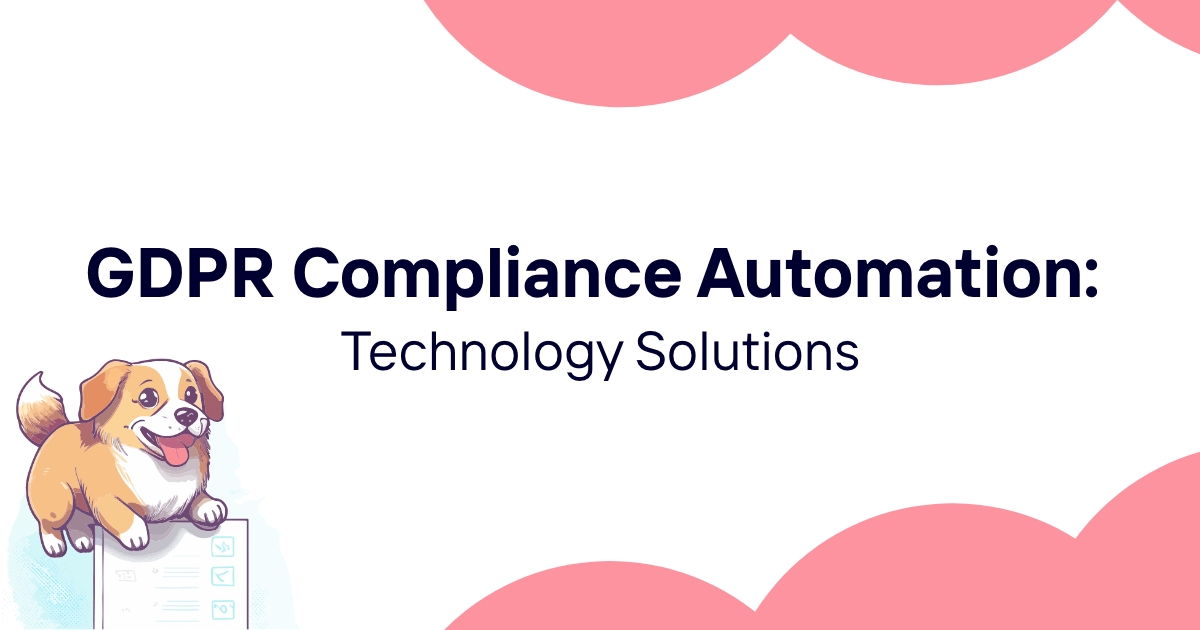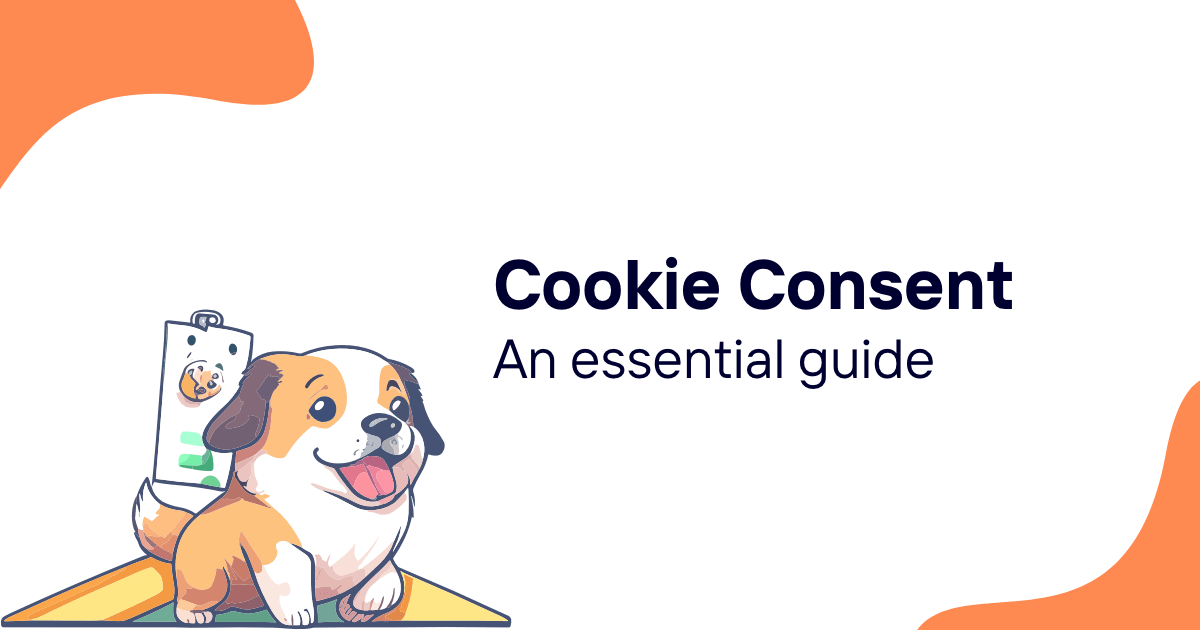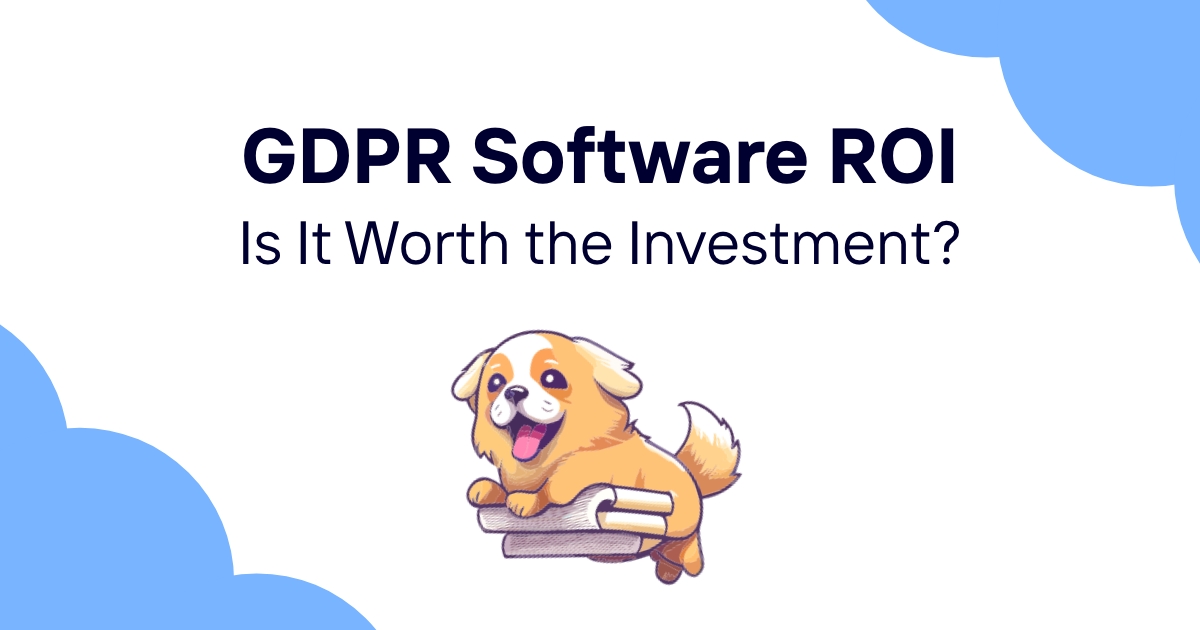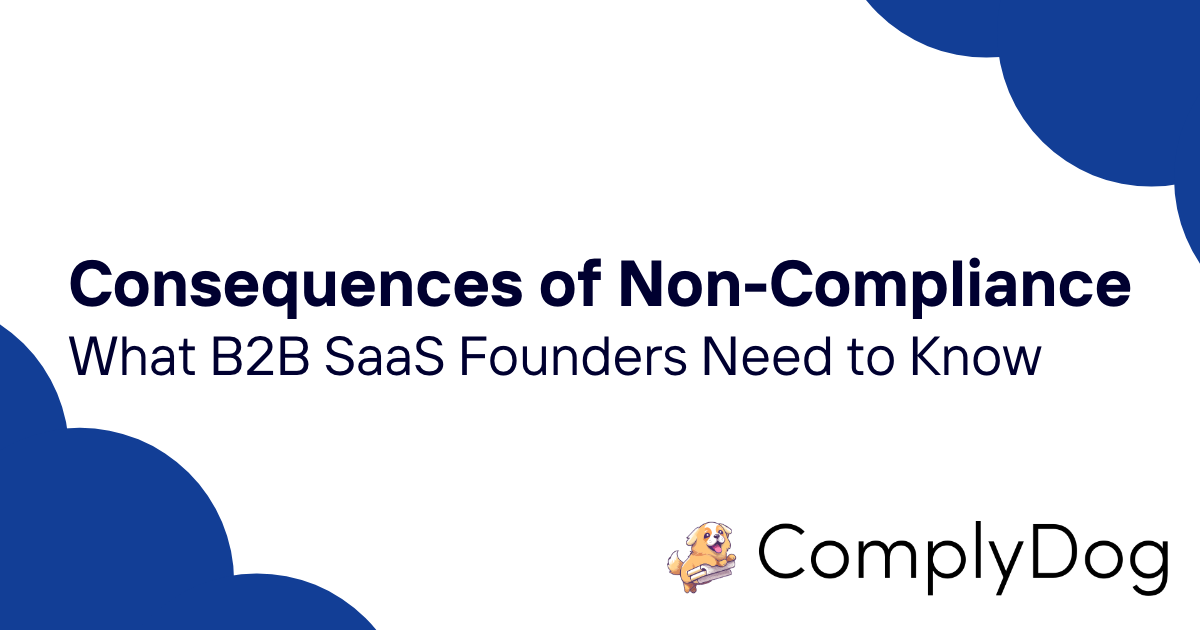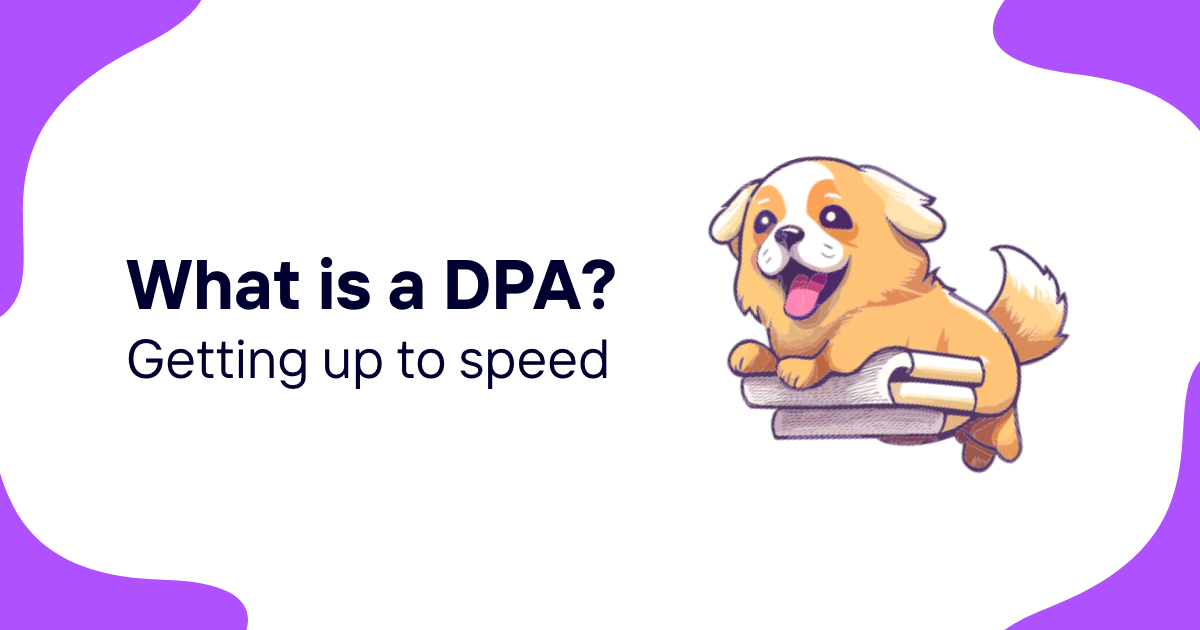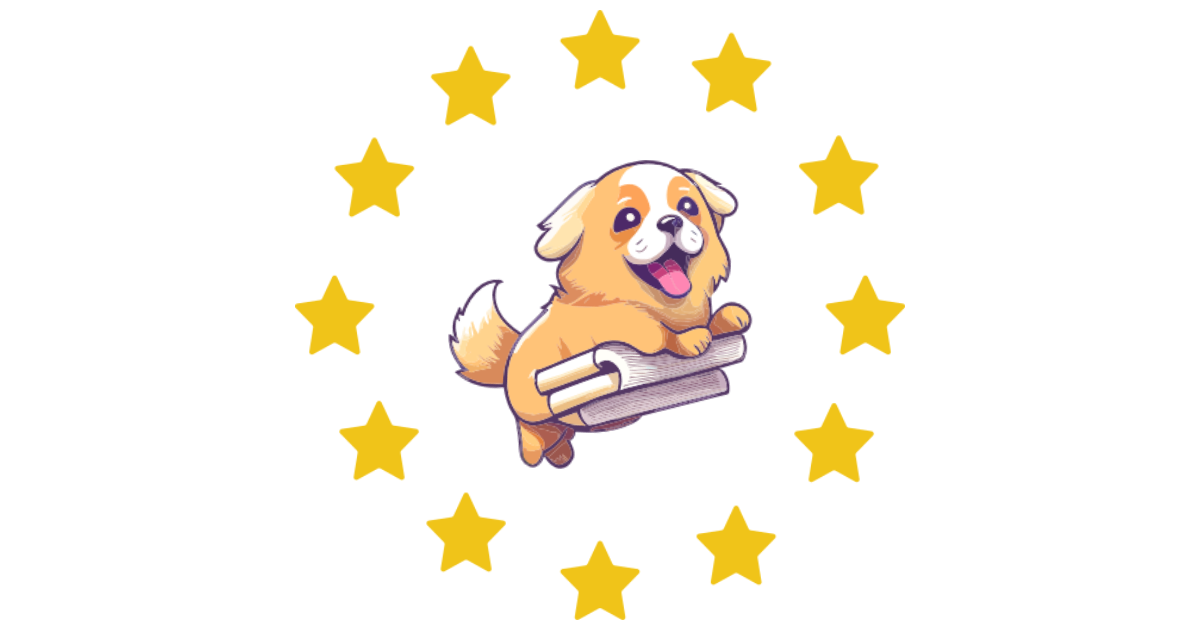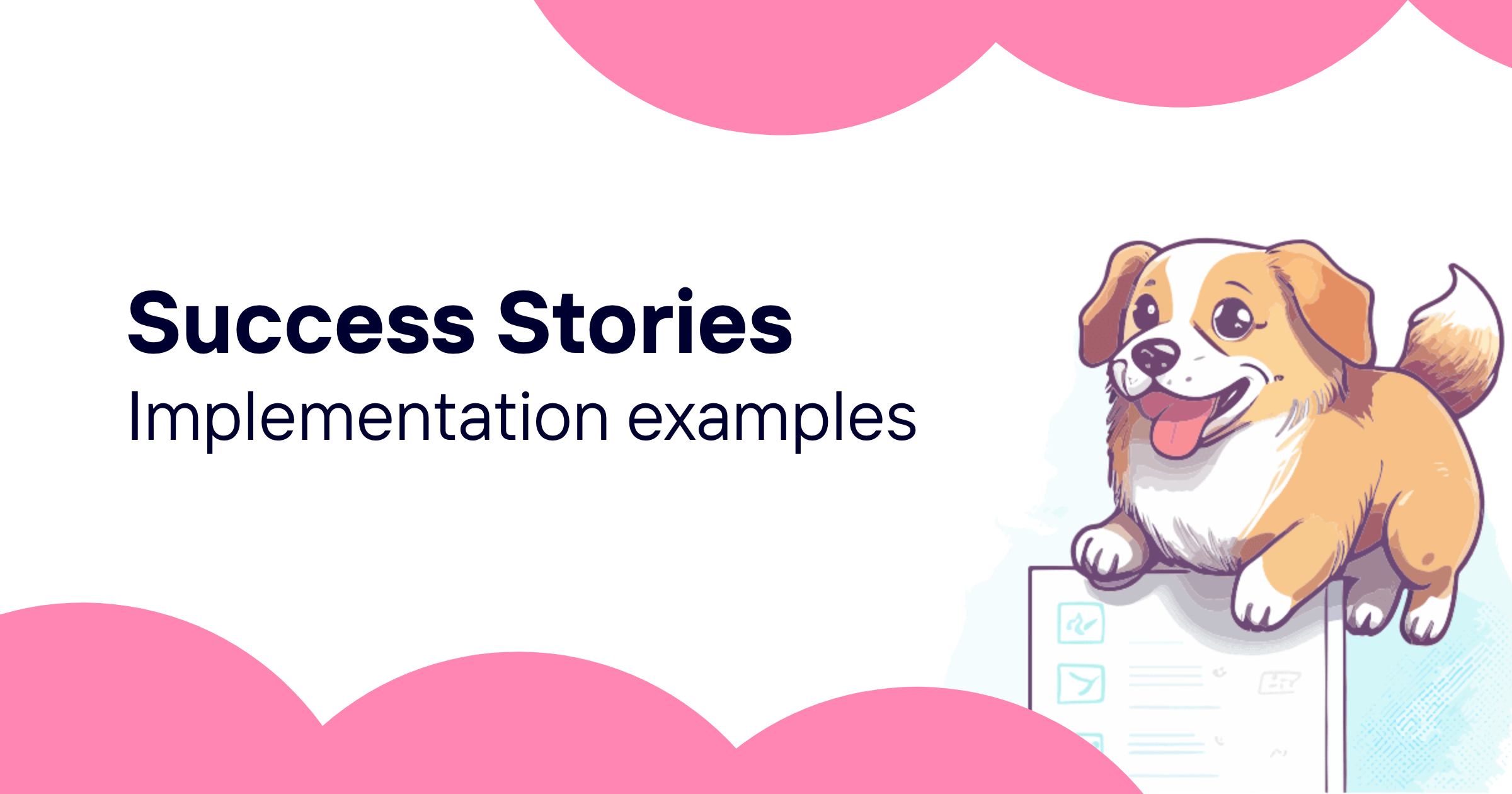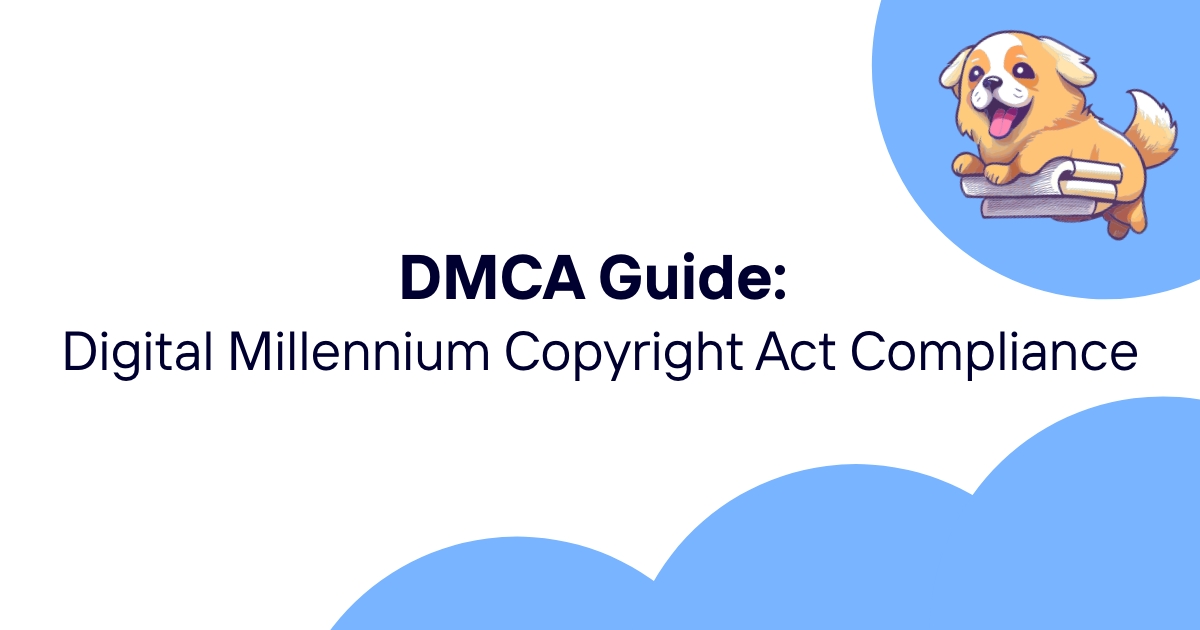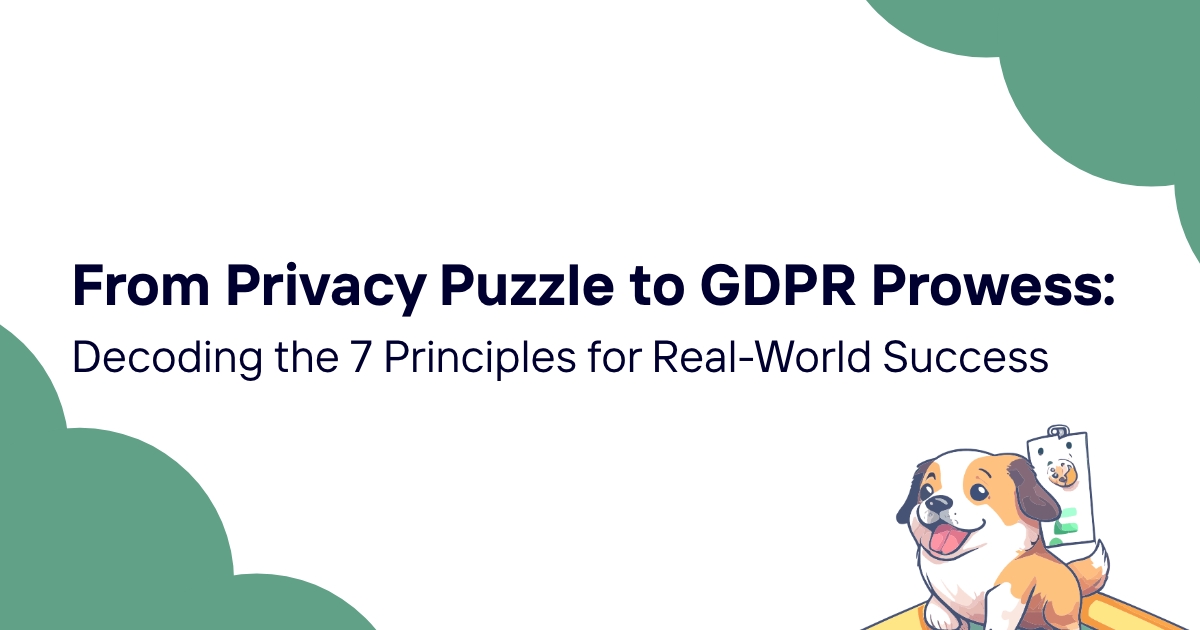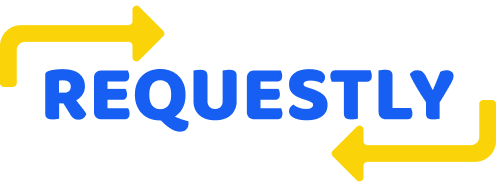Manual GDPR compliance consumes enormous resources while leaving organizations vulnerable to human error and inconsistent implementation. The complexity of tracking consent across multiple channels, managing individual rights requests, and monitoring data flows makes automation essential rather than optional.
Organizations managing compliance manually often miss critical deadlines, inconsistently apply privacy controls, and struggle to scale compliance with business growth. Automation transforms compliance from reactive burden to proactive business advantage.
This guide explores technology solutions that automate GDPR compliance while reducing costs, improving accuracy, and enabling privacy teams to focus on strategic initiatives rather than administrative tasks.
Benefits of GDPR Compliance Automation
Operational Efficiency Gains
Automation reduces manual compliance tasks by 60-80%, freeing staff to focus on strategic privacy initiatives and business-critical activities.
Consistent process execution eliminates human error in routine compliance activities like consent management and data retention enforcement.
Scalability enables compliance programs to grow with business operations without proportional increases in compliance staff or administrative overhead.
Speed improvements in compliance activities reduce response times for individual rights requests and accelerate privacy impact assessments.
Cost Reduction Opportunities
Labor cost savings from automation typically justify technology investments within 12-18 months for medium and large organizations.
Error reduction prevents costly compliance failures that could trigger regulatory penalties or require emergency remediation efforts.
Efficiency improvements enable existing privacy teams to handle larger compliance workloads without additional hiring.
Process standardization reduces training costs and enables consistent compliance implementation across different departments and locations.
Accuracy and Consistency
Automated processes eliminate variation in compliance implementation that often occurs with manual procedures and human decision-making.
Real-time compliance monitoring catches potential violations before they become serious problems requiring regulatory notification or remediation.
Documentation automation ensures comprehensive record-keeping without relying on staff to remember complex documentation requirements.
Quality assurance through automation provides continuous verification that compliance measures are working correctly and completely.
Strategic Business Value
Competitive advantage emerges from superior privacy protection that builds customer trust and enables premium positioning.
Innovation enablement through automated compliance allows organizations to pursue new business opportunities without compliance becoming a barrier.
Risk mitigation through systematic compliance monitoring prevents privacy incidents that could damage reputation or trigger regulatory action.
Customer satisfaction improvements from better privacy control and transparent data handling practices often increase retention and referrals.
Automated Data Discovery and Classification
Data Discovery Technology
Automated scanning tools systematically identify personal data across databases, file systems, and applications without requiring manual inventory maintenance.
Machine learning algorithms improve over time, becoming more accurate at identifying personal data patterns and reducing false positive rates.
Real-time discovery capabilities detect new personal data as it enters organizational systems through business operations or data collection activities.
Cross-platform coverage includes structured databases, unstructured files, cloud storage, and SaaS applications used throughout the organization.
Classification Automation
AI-powered classification categorizes personal data by sensitivity level, processing purpose, and regulatory requirements without manual review.
Pattern recognition identifies similar data types across different systems and applies consistent classification rules.
Context analysis considers how data is used and stored to determine appropriate protection levels and compliance requirements.
Risk scoring enables automated prioritization of data protection efforts based on sensitivity and potential harm from unauthorized access.
Data Mapping Automation
Automated data flow tracking documents how personal data moves between systems, applications, and third parties.
Visual mapping tools create comprehensive diagrams of data flows that support privacy impact assessments and compliance reporting.
Change detection automatically updates data maps when new systems are added or data flows are modified.
Integration monitoring ensures data mapping remains current as business processes and technology environments evolve.
Inventory Management
Centralized data catalogs provide comprehensive views of all personal data processing activities across the organization.
Automated updates ensure data inventories remain current without requiring manual maintenance or periodic refresh projects.
Metadata management tracks data sources, processing purposes, retention periods, and access controls for comprehensive governance.
Compliance integration connects data inventories to specific GDPR requirements and documentation obligations.
Consent Management Automation
Consent Collection Automation
Dynamic consent forms adapt to specific processing purposes and legal bases without requiring manual form creation for each use case.
Real-time consent validation ensures only individuals with appropriate consent receive marketing communications or data processing.
Multi-channel integration synchronizes consent across websites, mobile apps, email systems, and other customer touchpoints.
Consent renewal automation identifies expiring consent and triggers appropriate renewal campaigns or processing cessation.
Preference Management
Automated preference centers enable customers to manage consent without requiring customer service intervention or manual processing.
Granular control automation allows individuals to modify specific consent categories while maintaining others.
Cross-platform synchronization ensures preference changes are immediately reflected across all systems and processing activities.
Preference analytics provide insights into customer privacy choices that can inform product development and marketing strategies.
Consent Enforcement
Real-time consent checking prevents unauthorized processing by automatically blocking activities that lack appropriate consent.
API integration ensures consent status is verified before data processing begins in any system or application.
Automated suppression adds withdrawn consent individuals to appropriate suppression lists across all marketing and communication channels.
Compliance verification confirms consent enforcement is working correctly and processing only occurs with valid consent.
Documentation and Reporting
Consent audit trails automatically capture all consent interactions including collection, modifications, and withdrawals with detailed timestamps.
Compliance reporting generates regular summaries of consent management activities for regulatory reporting and internal governance.
Evidence preservation maintains consent records for required retention periods while enabling deletion when appropriate.
Regulatory integration provides consent documentation in formats required for supervisory authority reporting and investigation responses.
Automated Privacy Rights Fulfillment
Request Processing Automation
Automated intake systems receive and categorize individual rights requests from multiple channels including web forms, email, and customer service.
Identity verification automation confirms requestor identity while maintaining security and preventing unauthorized access to personal data.
Request routing automatically assigns requests to appropriate team members based on request type, complexity, and workload distribution.
Response generation creates standardized responses for common request types while flagging complex requests for manual review.
Data Subject Access Requests
Automated data retrieval searches across all systems to locate personal data associated with specific individuals.
Data compilation creates comprehensive reports of all personal data processing activities affecting specific individuals.
Format standardization produces consistent data exports that meet regulatory requirements for data portability and access rights.
Response timing automation ensures access requests are fulfilled within required timeframes with automatic escalation for delays.
Deletion and Correction Automation
Automated deletion removes personal data from all systems when individuals exercise erasure rights or when retention periods expire.
Correction propagation ensures data updates are applied consistently across all systems containing the affected personal data.
Verification procedures confirm deletion or correction completion and provide appropriate confirmation to requesting individuals.
Exception handling identifies situations where deletion or correction cannot be completed automatically and requires manual intervention.
Rights Response Management
Automated communication keeps requestors informed about request status and processing timelines throughout fulfillment processes.
Quality assurance automation reviews completed requests to ensure accuracy and completeness before final response delivery.
Appeal handling provides automated procedures for individuals who are unsatisfied with initial rights request responses.
Compliance tracking monitors rights fulfillment performance against regulatory requirements and identifies improvement opportunities.
Compliance Monitoring and Alerting
Real-Time Compliance Monitoring
Continuous monitoring systems track compliance status across all data processing activities and alert teams to potential violations.
Threshold-based alerting triggers notifications when compliance metrics fall below acceptable levels or violations are detected.
Trend analysis identifies emerging compliance risks before they become serious problems requiring emergency intervention.
Dashboard visualization provides real-time compliance status overview for privacy teams and executive management.
Automated Risk Detection
Pattern recognition identifies unusual data access or processing activities that might indicate security incidents or policy violations.
Anomaly detection flags deviations from normal processing patterns that could indicate compliance problems or unauthorized activities.
Predictive analytics forecast compliance risks based on current trends and help prioritize preventive measures.
Integration monitoring ensures compliance controls continue working correctly as systems and processes change.
Incident Response Automation
Automated incident detection triggers immediate response procedures when privacy incidents or compliance violations are identified.
Response workflow automation ensures appropriate team members are notified and response procedures are initiated promptly.
Evidence collection automation preserves relevant information for incident investigation while maintaining chain of custody.
Regulatory notification automation prepares required breach notifications while ensuring accuracy and completeness.
Performance Analytics
Compliance metrics automation tracks key performance indicators including consent rates, rights request response times, and incident frequencies.
Benchmarking capabilities compare compliance performance against industry standards and regulatory expectations.
ROI analysis quantifies compliance program value through risk reduction, efficiency gains, and business enablement metrics.
Continuous improvement analytics identify opportunities to enhance compliance effectiveness through process optimization or technology upgrades.
AI-Powered Risk Assessment
Intelligent Privacy Impact Assessment
AI algorithms analyze proposed processing activities and automatically identify privacy risks requiring detailed assessment.
Automated questionnaires adapt based on processing characteristics and guide users through appropriate risk evaluation procedures.
Risk scoring provides consistent evaluation across different projects and helps prioritize privacy protection efforts.
Mitigation recommendation engines suggest appropriate technical and organizational measures based on identified risks.
Predictive Compliance Analytics
Machine learning models predict compliance risks based on current data processing patterns and business activities.
Trend analysis forecasts future compliance challenges and enables proactive risk mitigation rather than reactive problem solving.
Business impact modeling quantifies potential consequences of compliance failures to support investment prioritization decisions.
Scenario analysis evaluates how proposed business changes might affect compliance status and required protection measures.
Automated Vendor Risk Assessment
AI-powered vendor evaluation assesses third-party privacy risks based on publicly available information and industry patterns.
Contract analysis automation reviews vendor agreements and identifies potential compliance gaps or liability issues.
Continuous monitoring tracks vendor compliance status and alerts to changes that might affect risk levels.
Due diligence automation streamlines vendor assessment processes while ensuring comprehensive risk evaluation.
Regulatory Intelligence
Automated regulatory tracking monitors privacy law changes and enforcement trends that might affect compliance requirements.
Impact analysis evaluates how regulatory changes affect specific business activities and compliance programs.
Guidance interpretation helps translate complex regulatory guidance into actionable compliance requirements.
Implementation planning automates compliance program updates needed to address new regulatory requirements.
Workflow Automation for Compliance
Compliance Process Automation
Workflow engines orchestrate complex compliance processes including privacy impact assessments and vendor evaluations.
Task automation eliminates manual steps in routine compliance activities while maintaining quality and consistency.
Approval workflows ensure appropriate review and authorization for compliance decisions without creating unnecessary delays.
Exception handling automatically escalates unusual situations requiring manual intervention or specialized expertise.
Integration and Orchestration
System integration connects compliance tools with existing business applications for seamless data flow and process execution.
API management enables secure data sharing between compliance systems and other business applications.
Event-driven automation triggers compliance activities based on business events like new customer acquisition or system changes.
Cross-platform coordination ensures compliance activities work correctly across different technology environments and vendors.
Template and Standardization
Document automation generates compliance documentation using standardized templates and current processing information.
Policy automation ensures compliance policies remain current with business changes and regulatory requirements.
Procedure standardization creates consistent implementation across different departments and business units.
Training automation delivers compliance education based on role-specific requirements and changing business needs.
Quality Assurance Automation
Automated testing verifies compliance processes work correctly and produce expected outcomes.
Validation procedures ensure compliance documentation is accurate and complete before submission or implementation.
Performance monitoring tracks compliance process effectiveness and identifies opportunities for improvement.
Continuous improvement automation implements process enhancements based on performance data and feedback.
ROI of Compliance Automation
Cost-Benefit Analysis
Direct cost savings from reduced manual labor typically range from $100,000 to $500,000 annually for medium-sized organizations.
Efficiency improvements enable privacy teams to handle 3-5 times more compliance activities with the same staffing levels.
Error reduction prevents costly compliance failures that could trigger regulatory penalties averaging €500,000 to €5 million.
Time savings from automation enable faster response to business opportunities and reduced time-to-market for new products.
Business Value Creation
Customer trust improvements from superior privacy protection often increase retention rates by 10-20% for privacy-conscious markets.
Competitive advantage through privacy leadership enables premium positioning and differentiation from less privacy-mature competitors.
Innovation enablement allows organizations to pursue new business models and data uses with confidence in compliance capabilities.
Risk mitigation provides quantifiable value through reduced probability and impact of privacy incidents and regulatory enforcement.
Implementation Investment
Technology costs typically range from $50,000 to $300,000 annually depending on organization size and automation scope.
Implementation services including setup, integration, and training usually cost 50-100% of first-year software licensing fees.
Ongoing maintenance and optimization require 10-20% of annual technology costs for updates and continuous improvement.
Payback periods typically range from 6-18 months depending on organization size and current compliance maturity.
Long-Term Strategic Value
Scalability benefits enable compliance programs to grow with business expansion without proportional cost increases.
Flexibility advantages allow rapid adaptation to new regulatory requirements and business opportunities.
Data insights from automated compliance monitoring inform strategic business decisions and risk management strategies.
Consider how compliance automation integrates with broader technology strategies including email marketing compliance and digital marketing automation.
GDPR compliance automation transforms privacy from administrative burden to strategic business capability while reducing costs and improving protection effectiveness. Organizations that invest in comprehensive automation typically experience better compliance outcomes and stronger competitive positioning.
Effective automation balances technological capability with human oversight to ensure compliance solutions support business objectives while maintaining appropriate privacy protection.
Ready to automate your GDPR compliance? Use ComplyDog and access automation tools, AI-powered compliance monitoring, and workflow optimization that transform privacy compliance from manual burden to automated business advantage.
